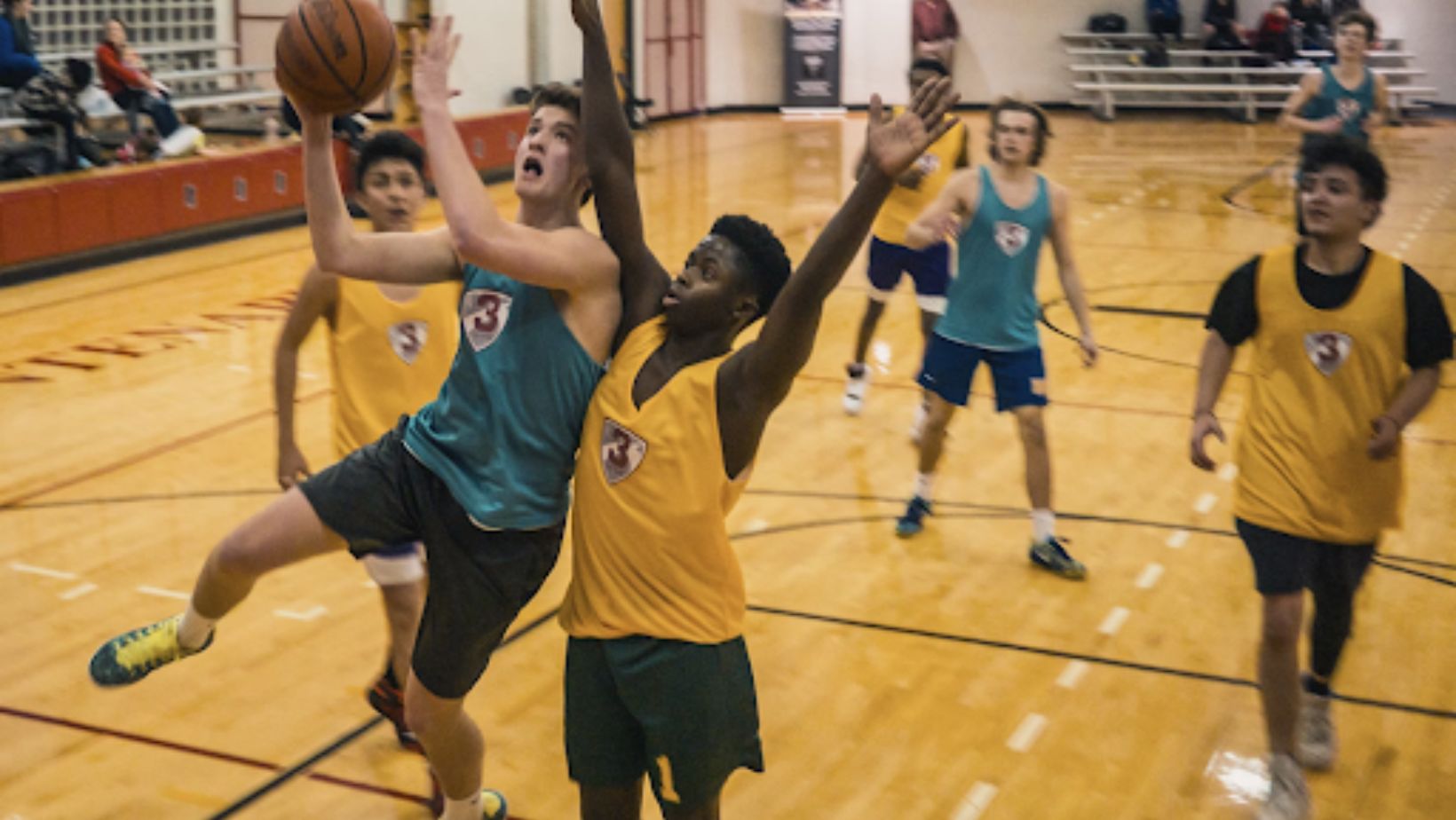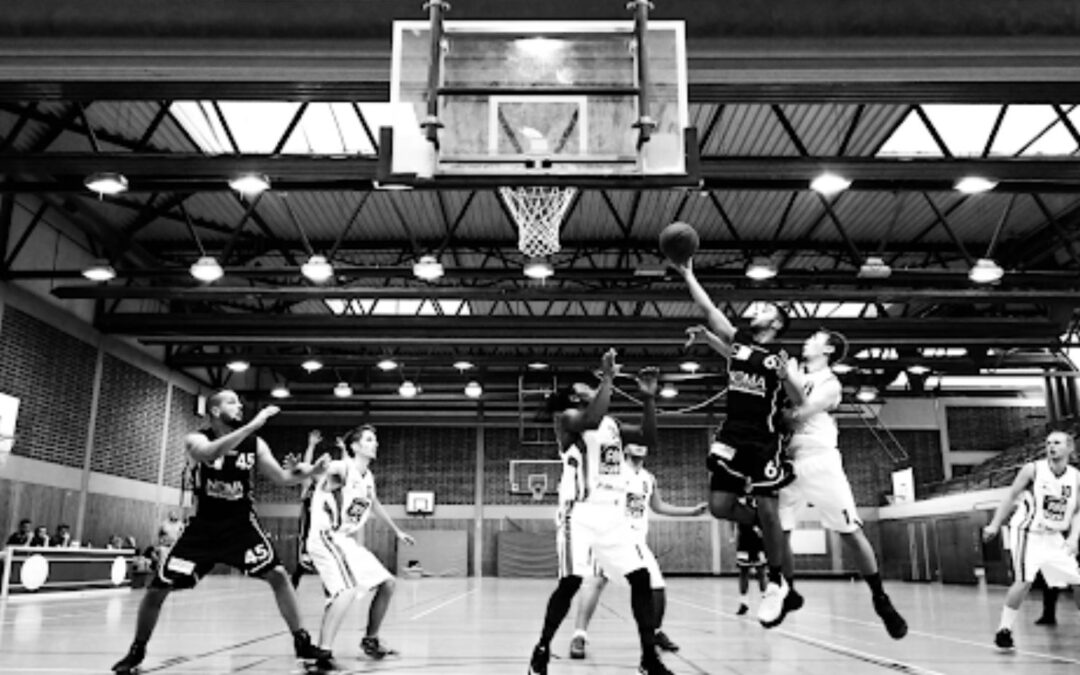In basketball, the defensive shell is a significant strategy that should be mastered by any team that wants to stop the opponents’ penetration. This strategy is the foundation of good defense, as it combines independent actions into a single wall that slows down the attackers and causes them turnovers. A good defensive shell not only blocks drives but also sets the pace from the defensive side of the court and controls the pace of the game.
The Principles of the Defensive Shell
The defensive shell is a well-calculated strategy aimed at counteracting an opponent’s attacking possibilities by organizing the defenders in a single formation. Every player is expected to defend not only his own assigned man but also to help on defense, making the area around the basket very tight. For this system to work, the players have to position themselves well, communicate constantly, and have a good understanding of court spacing.
Those who analyze games on the MelBet site will find that the specifics of the protective shell of a particular team are very valuable. Great-performing teams in this area tend to control the game, and even the highest-scoring teams are denied open looks and forced to take tough shots. Picking such teams, knowing that they are protective-minded, could be another masterstroke that takes advantage of such knowledge.
Ways of Effective Containment
Effective defense in the protective shell depends on various techniques:
- Close-Outs: Hurriedly moving toward the opponent to contest a shot without committing a foul.
- Help Defense: Offering quick assistance to teammates who have been beaten off the dribble, thus maintaining the integrity of the defense.
- Rotations: Smooth changes and coverage adjustments that guarantee no holes in the defense.

These techniques are critical for any team wanting to maintain their protective structure, stop penetration, and dictate the pace of play.
Defensive Shell in Drills Implementation
Training regimes for teams must include this strategy when they are trying to get the hang of the defensive shell. Drills should simulate game scenarios and concentrate on positioning accuracy and fast rotations. Understanding how teams train is important for people analyzing defensive efficiency on platforms like https://www.instagram.com/_officialmelbet/.
Drill Setup and Execution
To set up a defensive shell drill, one must pay attention to every small detail as well as understand the team’s protective philosophy. In this exercise, players are arranged in a shell formation around the key, which creates real-game conditions where they communicate, rotate, and close out shooters. The drill starts with the ball being passed around the perimeter, keeping defenders on their toes. It helps players elevate their defensive skills and foster team unity because everyone knows their role in the system.
Common Adjustments and Variations
Defensive shell adjustments against various offensive strategies make it effective. Variations include compacting the shell more to defend strong inside play or extending it outward toward the perimeter to press shooters at the boundary line. Coaches may also initiate a trap within the shell by adding an aggressive aspect that can disturb an opponent’s rhythm during play. These changes require players who are adaptable enough to respond swiftly to any alteration in the offensive approach while still maintaining the integrity of the shell.
Benefits of Regular Training
Irrefutable gains come from paying attention to the protective shell:
- Better Team Bonding: Continuous training sessions create the coordination that enables players to anticipate each other’s moves.
- Improved Defending Instincts: Players learn how to interpret plays, reacting by pure instinct.
- Higher Levels of Mental and Physical Toughness: The constant repetition under pressure prepares both body and mind for high-stakes situations for the team.
These components make the protective shell a strong pillar in good basketball strategy.
Mastery’s Challenges
Defensive shell mastery is full of frustrating tests for even the most disciplined teams. It needs never-ending communication and loyalty in terms of time and spacekeeping. In their absence, the structure breaks down completely, thereby creating avenues for exploitation by the offense. Additionally, players must learn to adjust to different offensive strategies while still maintaining shell integrity, which is difficult to get right.

Executing the shell consistently, mentally and physically, requires great effort and puts strain on players, leading to mental lapses that other teams can take advantage of. To achieve containment in basketball, one must overcome all these challenges presented in this work.
Future Prospects
Learning how to use the defensive shell changes a team’s style of defense. The future is to improve it and develop the ability to deal with constantly changing offensive tactics. With the increasing complexity of the basketball game, the defensive shell will still be an important strategy, providing teams with a high level of advantage that aids in determining the pace and result of the game.
Ben Austin is the founder and CEO of multi-award-winning digital marketing agency Absolute Digital Media. Ben loves to write and share exclusive insights into the world of digital marketing from his own eyes.





